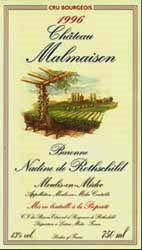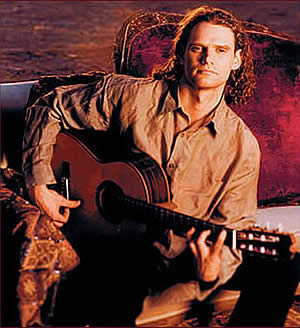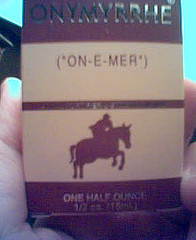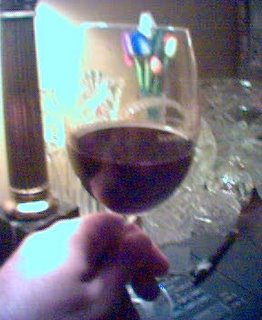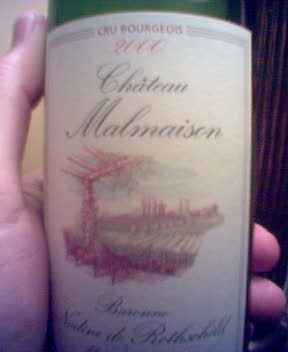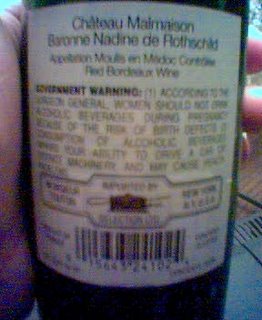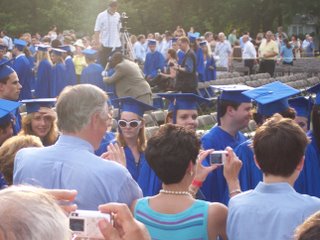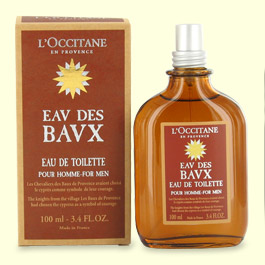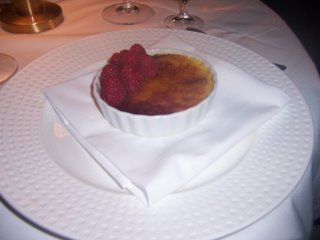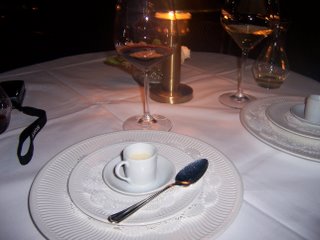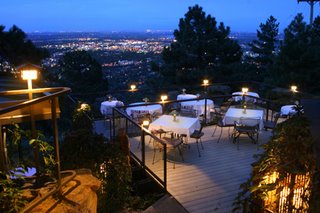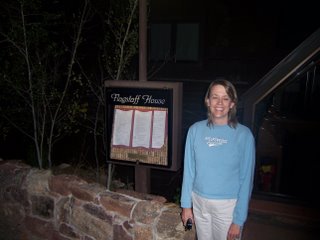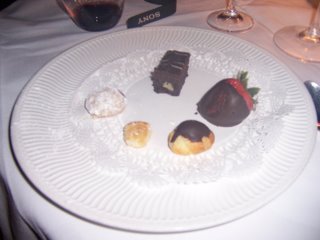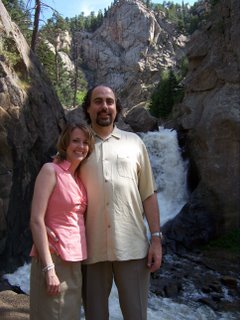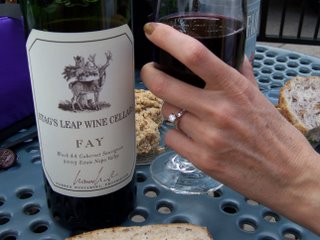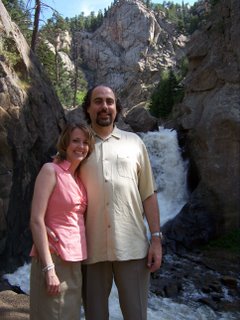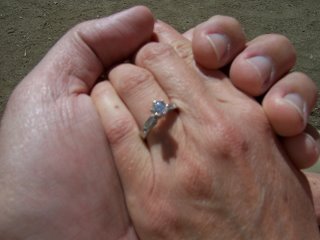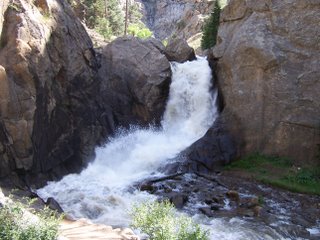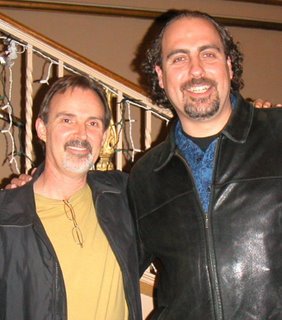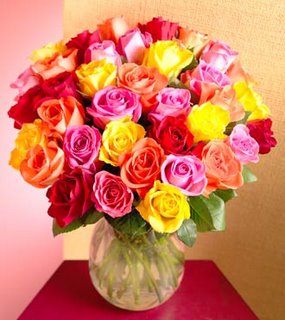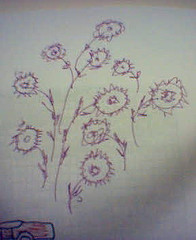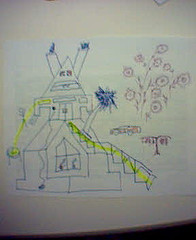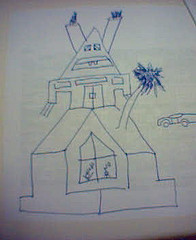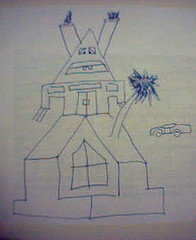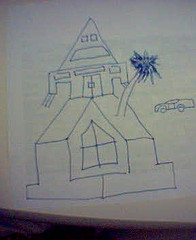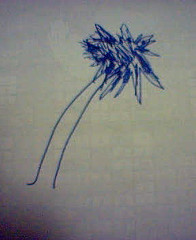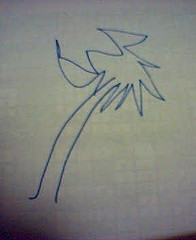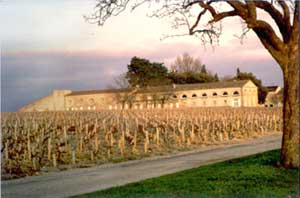
Just some info on the Rothchild wines and history
In 1853, an English member of the Rothschild family, Baron Nathaniel de Rothschild, purchased the property then called Chateau Brane-Mouton and renamed it Chateau Mouton-Rothschild. In 1922, his great grandson, the legendary Baron Philippe, took its destiny into his own hands, and gave it a new start.
Château Mouton Rothschild
The sixty years of his ownership bear, the stamp of his strong personnality, his entrepreneurial flair and his sens of innovation.
In 1924, he initiated the hitherto unusual practice of bottling all production at the Chateau. This innovation brought with it the need for more storage capacity. In 1926, he built the famous 100 meter long "Grand Chai". In 1945, Baron Philippe conceived the original idea of crowning the Mouton label with a work of art created for this purpose by famous artists: Miró, Chagall, Braque, Picasso, Warhol, Bacon, Balthus, among others. In 1962, he created at Mouton the "Museum of Wine in Art" which displays a priceless collection of art works relating to wine and the vine.
After a twenty-year battle, Baron Philippe obtained a revision of the 1855 Classification and in 1973, Mouton-Rothschild became officially a Premier Cru Classé.
Since her father's death in 1988, Baroness Philippine has assumed control of Mouton-Rothschild, enhancing still further its quality and reputation around the world.
Baroness Philippine de Rothschild
Baroness Philippine de Rothschild is the owner, with her children, of three great Châteaux at Pauillac in the Médoc: Château Mouton Rothschild, Premier Cru Classé, Château d'Armailhac and Château Clerc Milon. She is Chairman of the Supervisory Board and majority shareholder of the family company, Baron Philippe de Rothschild SA, the leading exporter of AOC Bordeaux wines, foremost among them the famous Mouton Cadet.
Baroness Philippine de Rothschild
with her two sons, Philippe and Julien
Philippine de Rothschild was a child in occupied France during the Second World War. Her father had joined General de Gaulle in London; meanwhile her mother was arrested by the Nazis and deported to Ravensbrück, where she died in 1945. Philippine herself miraculously escaped capture and death.
Stage-struck, in 1958 she graduated from the Conservatoire National d'Art Dramatique in Paris with two major awards and a contract with the Comédie Française, where she played many roles in both classical and modern theatre. While there, she met and married the actor and director Jacques Sereys, from whom she is now divorced. She has three children: Camille, born in 1961, Philippe, in 1963, and Julien, in 1971.
After leaving the Comédie Française in 1964, she continued her career, and in 1973, shared the stage with Madeleine Renaud in one of the leading roles in Harold and Maude. The play was a tremendous success and ran in repertory for seven years.
During the 1980s, as the health of her father, Baron Philippe, declined, she became increasingly involved in the life of Mouton and the family business. She began in 1981 by creating a travelling exhibition, "Mouton Rothschild, Paintings for the Labels", which introduced a wide public to the original works of art created since 1945 by famous painters for the Château Mouton Rothschild labels. At the same time, she took part in numerous high-profile events and promotional initiatives throughout the world.
Since her father's death in 1988, Philippine de Rothschild has assumed all his duties and responsibilities. She has raised ever higher the star of Mouton, an illustrious wine and a prime tourist attraction, she has modernised the facilities of the family Company, made it commercially even more effective, and successfully established it in several major wine-growing regions in France and abroad, producing both premium and branded wines :
- Premium wines: At Mouton, creation in 1991 of a premium white wine, Aile d'Argent, and in 1994 of a second wine for Mouton Rothschild, Le Petit Mouton de Mouton Rothschild. In Pays d'Oc, acquisition in 1998 of Domaine de Lambert, currently being renovated. In California, opening in 1991 of a magnificent semi-circular winery at Opus One. In Chile, creation in 1997 of a premium red wine, Almaviva, with a bodega built of the finest wood, completed in 2000.
- Branded wines: Inauguration in 1993 of an ultra-modern winery near Pauillac and creation of new brands: in 1995, the Heritage Range; in 1998, Mouton Cadet Réserve white and red. In Pays d'Oc, launch in 1995 of a comprehensive range of red and white varietal wines, and in 2000 of a blended red wine, Baron'arques. In Chile, launch in 2000 of a range of varietal wines and a blended red wine, Escudo Rojo.
The company more than doubled its consolidated annual turnover between 1988 and 2002.
Baroness Philippine de Rothschild is a Chevalier de la Légion d'Honneur and Officier des Arts et Lettres.
